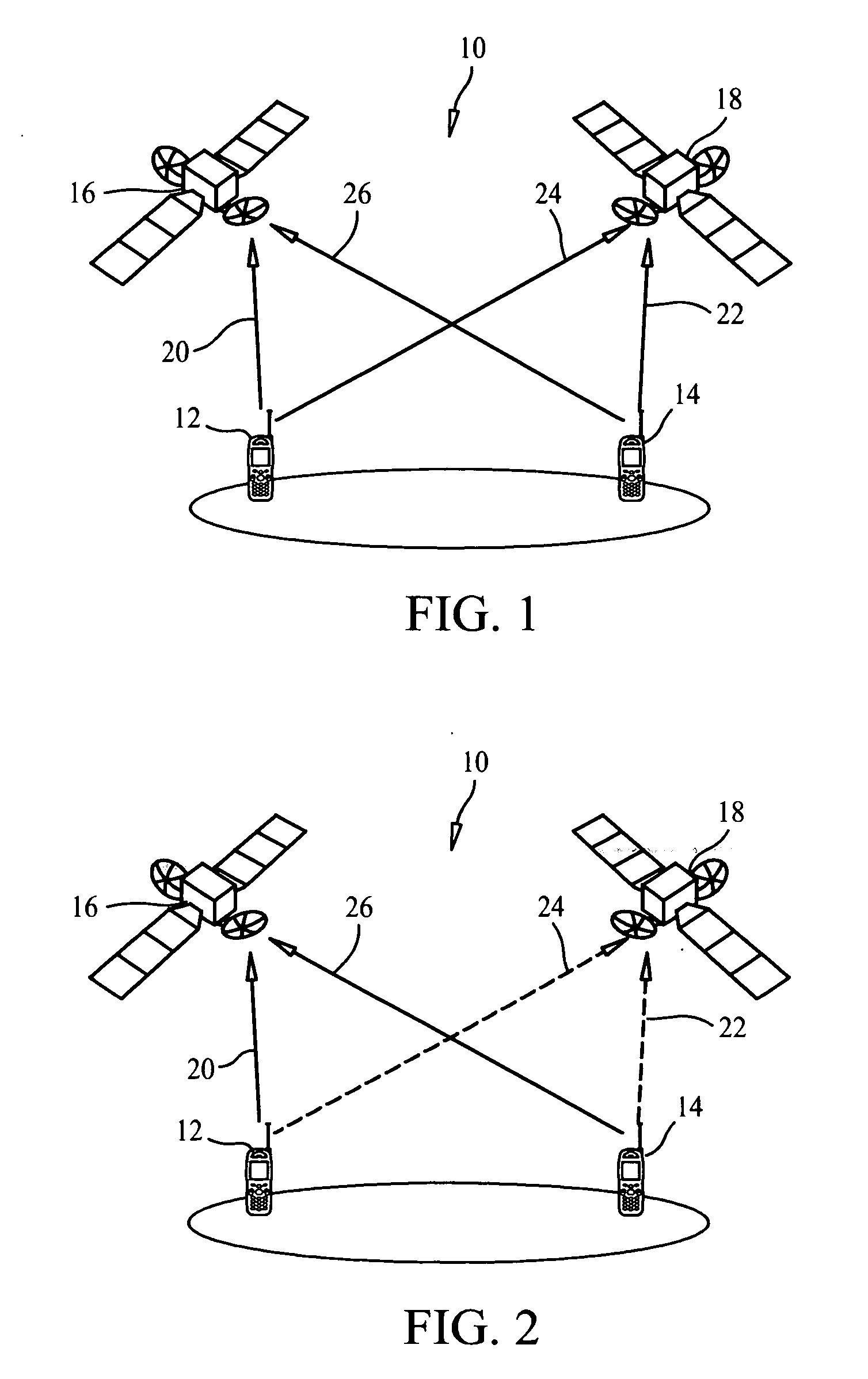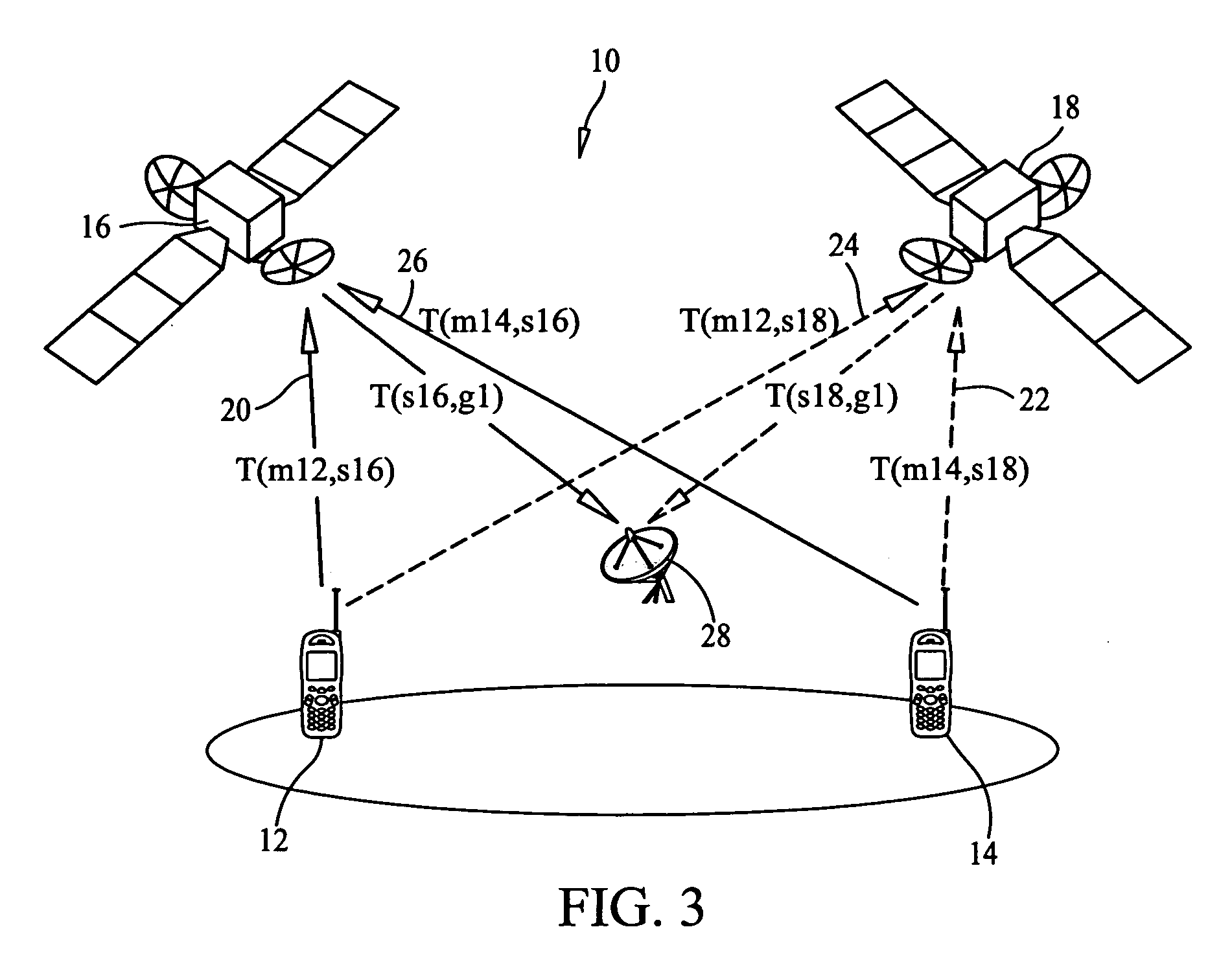Method and system for diversity using orthogonal frequency/division multiplexing
a technology of orthogonal frequency/division multiplexing and diversity, applied in the field of communication networks, can solve problems such as timing misalignment, and achieve the effects of improving the overall link budg
- Summary
- Abstract
- Description
- Claims
- Application Information
AI Technical Summary
Benefits of technology
Problems solved by technology
Method used
Image
Examples
Embodiment Construction
[0029]The present invention provides a method and system for improving the link budget in a diverse OFDM-based communication system by addressing the timing misalignment issue that often occurs due to the differences in propagation time in uplink signals between mobile stations and receiving stations, which in turn affects the usefulness of the OFDM cyclic prefix. A receiving station is defined as any device that serves as a terminus for the signals transmitted by one or more transmitting stations. The receiving station may include mobile stations, satellites and terrestrial base stations. The present invention addresses timing misalignment by sharing or splitting the timing misalignment between the primary path and the diverse path in a diverse communication system. The timing offset is adjusted and “shared” among the multiple receiving stations during the ranging process. Once the timing offset has been adjusted, the receiving stations can also be grouped into zones using a variet...
PUM
 Login to View More
Login to View More Abstract
Description
Claims
Application Information
 Login to View More
Login to View More - R&D
- Intellectual Property
- Life Sciences
- Materials
- Tech Scout
- Unparalleled Data Quality
- Higher Quality Content
- 60% Fewer Hallucinations
Browse by: Latest US Patents, China's latest patents, Technical Efficacy Thesaurus, Application Domain, Technology Topic, Popular Technical Reports.
© 2025 PatSnap. All rights reserved.Legal|Privacy policy|Modern Slavery Act Transparency Statement|Sitemap|About US| Contact US: help@patsnap.com



